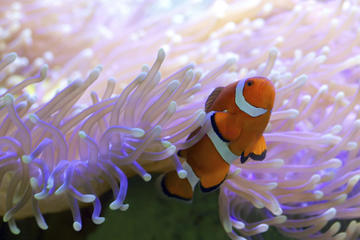Agincourt Reef
TIME : 2016/2/22 9:43:49

Agincourt Reef
The Great Barrier Reef is the Earth’s largest structure built entirely by living organisms. It runs for over 1,200 miles from its northern to southern tip, and is almost the size of the state of Montana when its various reefs are combined. One of the reefs—the Agincourt Reef—is a distant section along the reef’s northern tip where stunning biodiversity creates one of the most pristine ecosystems found anywhere along the reef.
Known as a type of “Ribbon Reef,” the Agincourt Reef runs parallel to the line with the Continental Shelf. Exotic species such as the Maori wrasse are commonly found along the reef, and sharks, rays—and even whales—can be seen when scuba diving the reef. Even for travelers who are just snorkeling, however, there are sections of the reef only a few feet below the clear, turquoise waters. Here, in the shallow lagoons, thousands of fish inhabit a reef that bursts with vibrancy and color—and there is even the chance of encountering species like the giant purple clam. Like a galactic portal to an entirely new world, the sights, colors, and marine diversity create an aquatic wonderland off of Port Douglas unlike anything you’ve ever seen before.
Practical Info
Port Douglas is the best access point for reaching the Agincourt Reef, which is 90 miles off of the coast and takes 1.5 hours to reach. Diving and snorkeling is possible during all times of the year, but August to December offers the best conditions for temperature and visibility.
